Author: Philip English
-
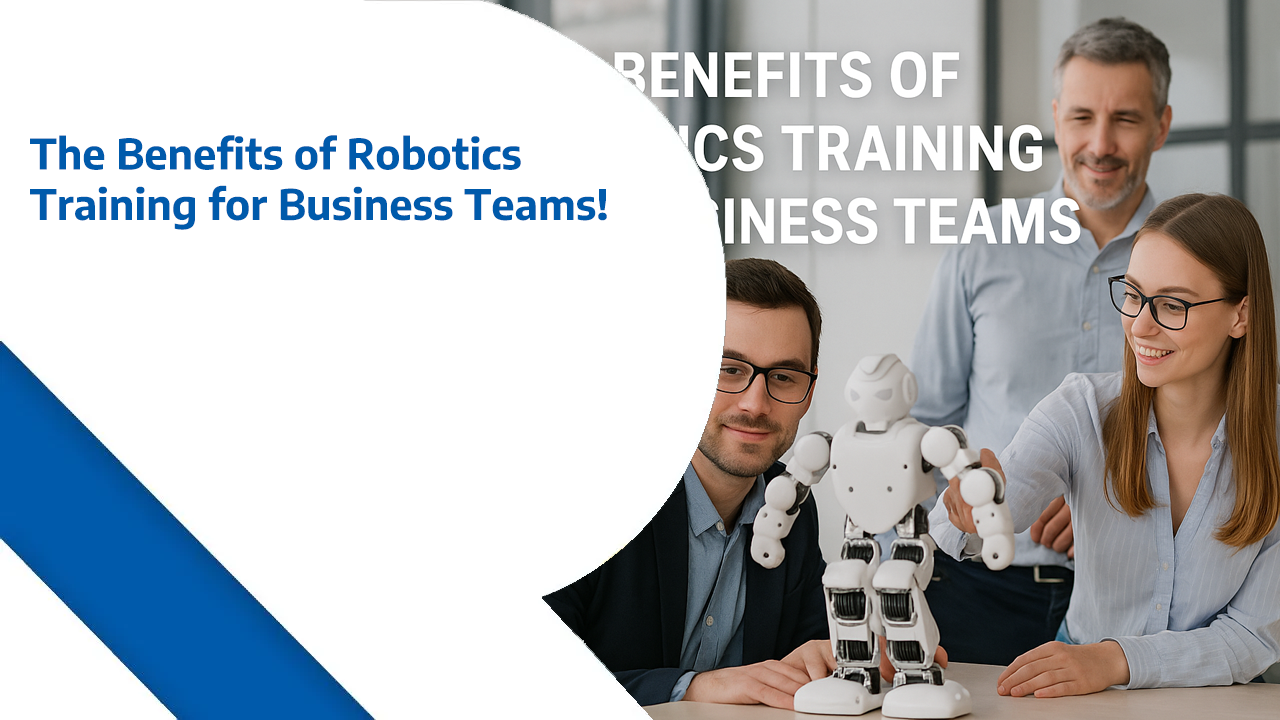
The Benefits of Robotics Training for Business Teams
The Benefits of Robotics Training for Business Teams Robotics is no longer the future—it is the competitive edge of today. Modern businesses across industries are adopting robots to increase efficiency, reduce operational costs, and unlock new levels of innovation. But one major truth has emerged: the companies that benefit most from robotics aren’t just the…
-
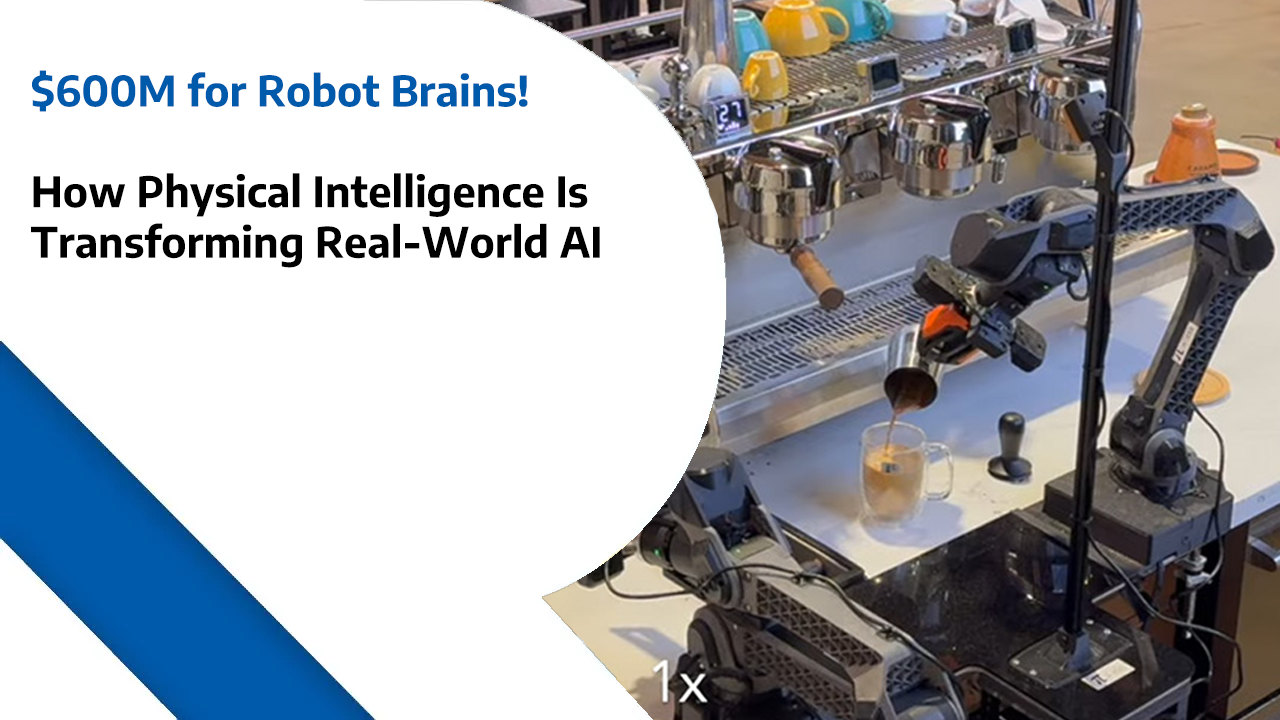
$600M for Robot Brains: How Physical Intelligence Is Transforming Real-World AI
$600M for Robot Brains: How Physical Intelligence Is Transforming Real-World AI Right then — big news in physical AI. A San Francisco startup called Physical Intelligence has just raised an impressive $600 million to push robotic foundation models into the real world. That’s a serious investment aimed at giving robots something much closer to human…
-

What You’ll Learn at a RoboPhil Robotics Workshop
What You’ll Learn at a RoboPhil Robotics Workshop The robotics revolution is here, and staying ahead means understanding how these intelligent machines can transform your business operations. At a RoboPhil Robotics Workshop, you’ll gain hands-on experience and practical insights that bridge the gap between robotics theory and real-world implementation. Understanding the Robotics Landscape Your…
-

$2M AI Robot That Builds Walls 10x Faster — Buildroid Is Changing Construction Forever
$2M AI Robot That Builds Walls 10x Faster — Buildroid Is Changing Construction Forever Today we’re looking at a new construction robot that just secured a $2 million boost — and it could reshape how buildings go up across America. Buildroid AI, a robotics startup backed by investor Tim Draper, has launched its first AI-powered…
-
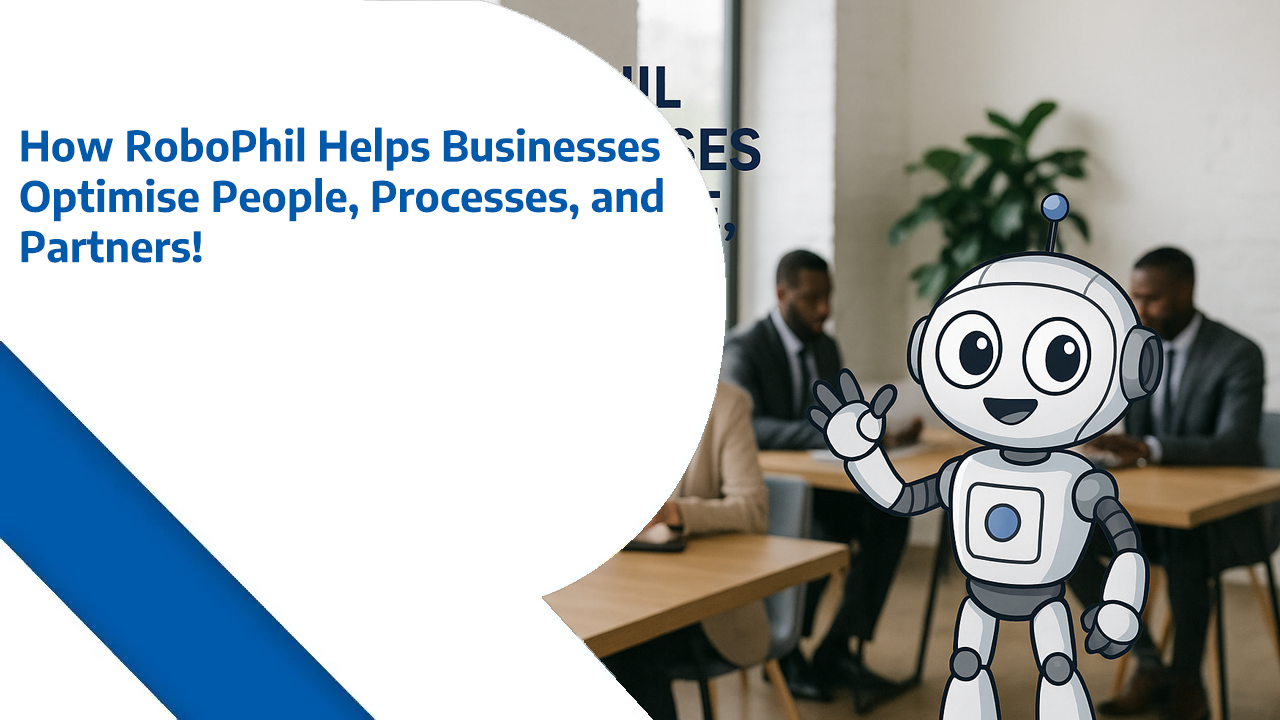
How RoboPhil Helps Businesses Optimise People, Processes, and Partners
How RoboPhil Helps Businesses Optimise People, Processes, and Partners Sponsor mentions and upsells included exactly as requested. How RoboPhil Helps Businesses Optimise People, Processes, and Partners The robotics revolution is no longer theoretical—it’s commercial, practical, and already reshaping every industry. Yet despite rapid advances in AI, automation, and humanoid robotics, most businesses still struggle with…
-

World’s Most Powerful Humanoid Robot? – PHYBOT M1 Nails a Perfect Backflip
World’s Most Powerful Humanoid Robot? – PHYBOT M1 Nails a Perfect Backflip You’re scrolling YouTube when suddenly a full-sized humanoid robot launches into a perfect standing backflip and lands like it’s rehearsing for a superhero movie.That robot is the PHYBOT M1—officially introduced in a 39-second video—and its creators are calling it the most powerful humanoid…
-
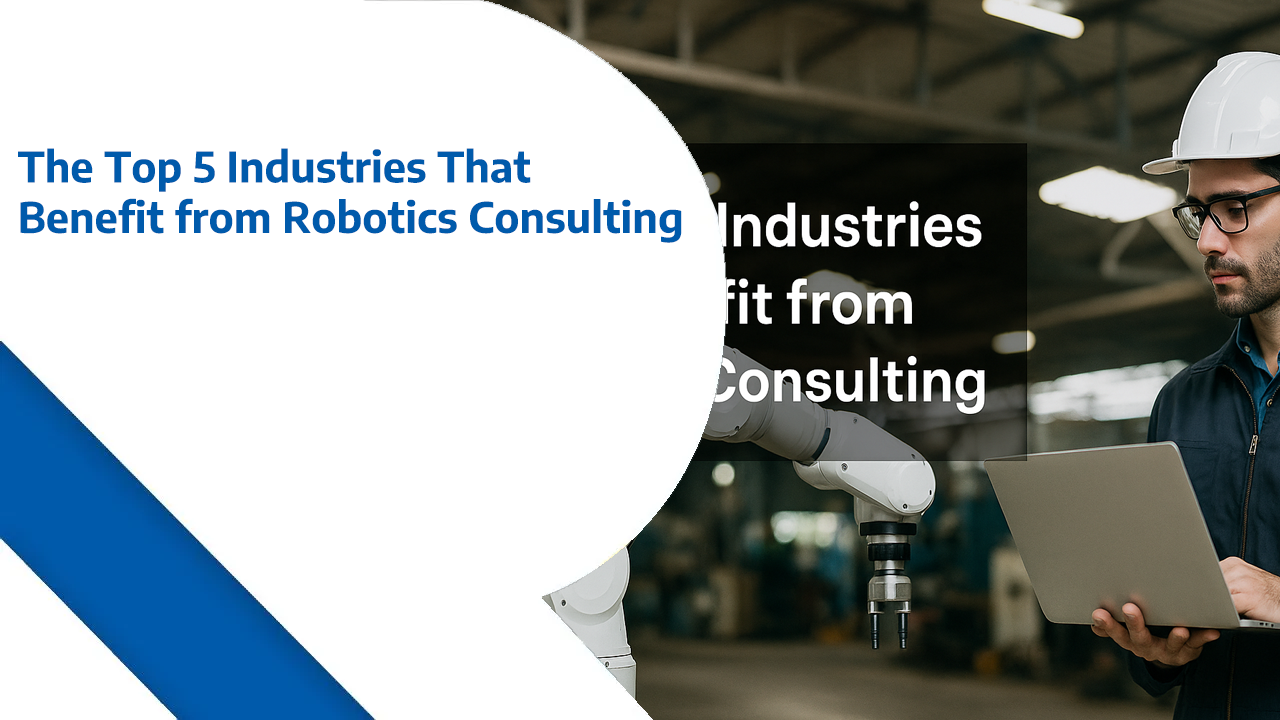
The Top 5 Industries That Benefit from Robotics Consulting
The Top 5 Industries That Benefit from Robotics Consulting The robotics revolution is transforming businesses across the globe, but navigating the complex world of automation requires expertise. Whether you’re looking to optimize production lines, enhance customer experiences, or streamline operations, professional robotics consulting can be the difference between success and costly mistakes. Here are…
-

Disney’s New Olaf Robot Is Shockingly Real — The Future of AI Characters Starts Now
Disney’s New Olaf Robot Is Shockingly Real — The Future of AI Characters Starts Now Imagine walking through Disneyland Paris when suddenly Olaf — yes, the Olaf — strolls up, moves like he does in the movies, and actually starts talking to you. No stage tricks… this is real next-generation robotics from Walt Disney Imagineering.…
-
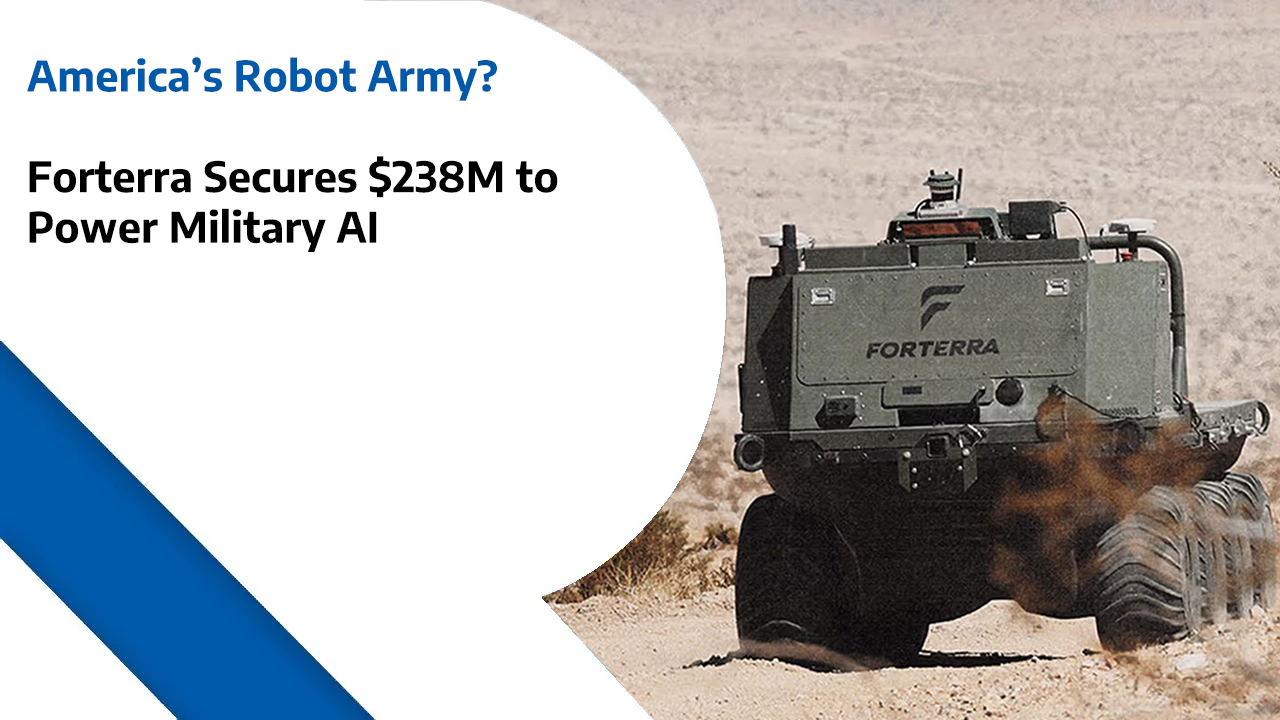
America’s Robot Army? Forterra Secures $238M to Power Military AI
America’s Robot Army? Forterra Secures $238M to Power Military AI Alright — big news in the world of military robotics. Forterra has just secured $238 million in fresh Series C funding, and this isn’t hobby-level robotics. This is the infrastructure for the future of U.S. defense and autonomous operations. Forterra’s goal is to become the…
-

Autonomous Excavators Are HERE – Bedrock Robotics Just Changed Construction Forever
Autonomous Excavators Are HERE – Bedrock Robotics Just Changed Construction Forever Hello folks, welcome back to the channel. Today we’re looking at a major leap forward in construction tech — autonomous excavation. And yes, we’re finally at the stage where the big yellow diggers can think for themselves… mostly. Bedrock Robotics has just pulled off…